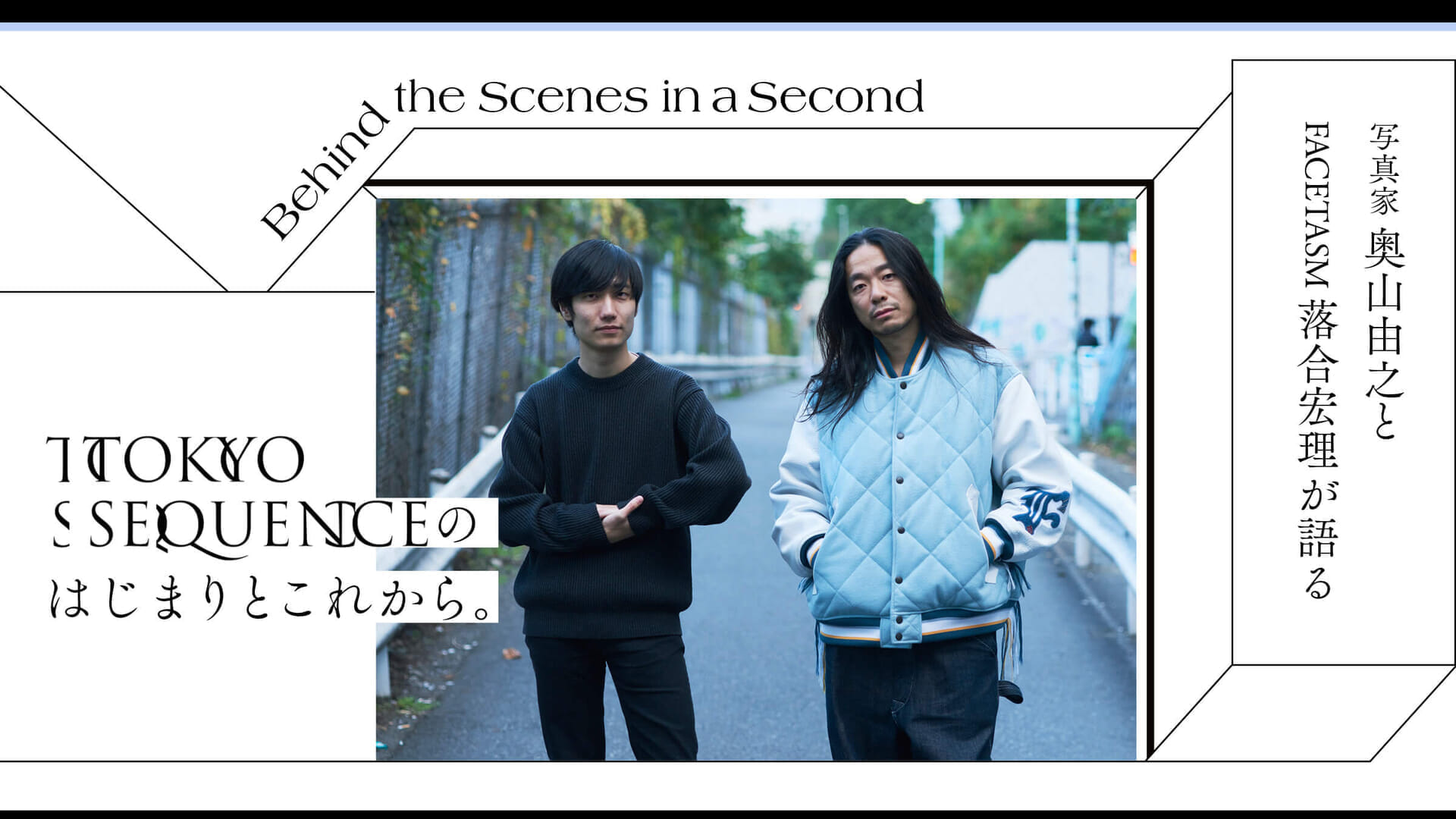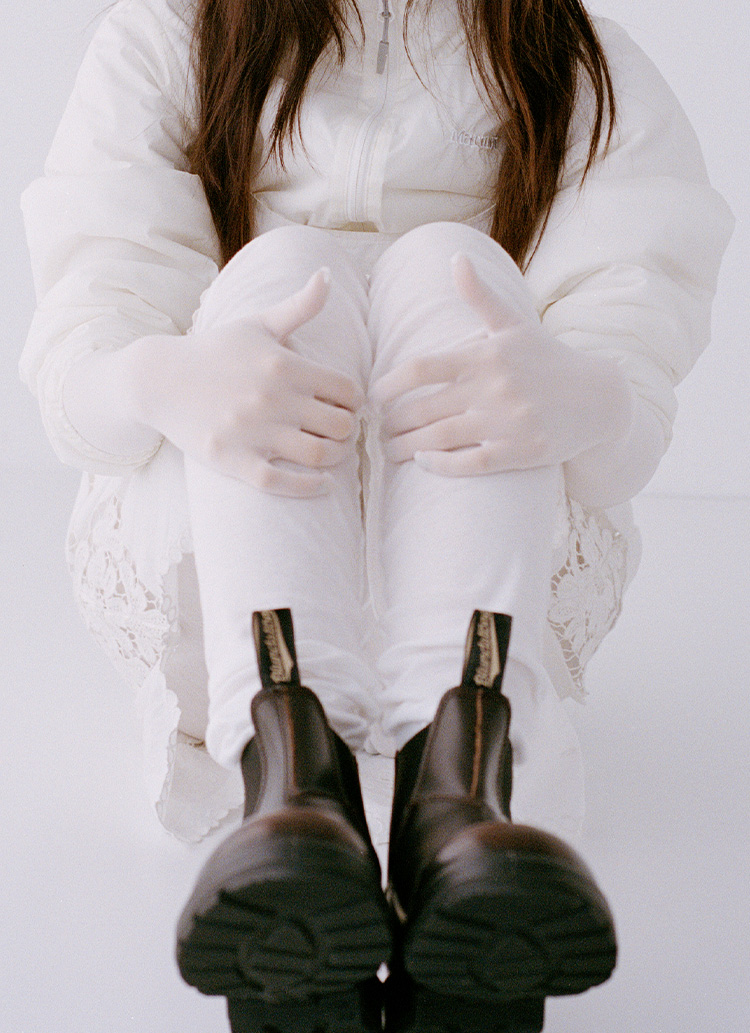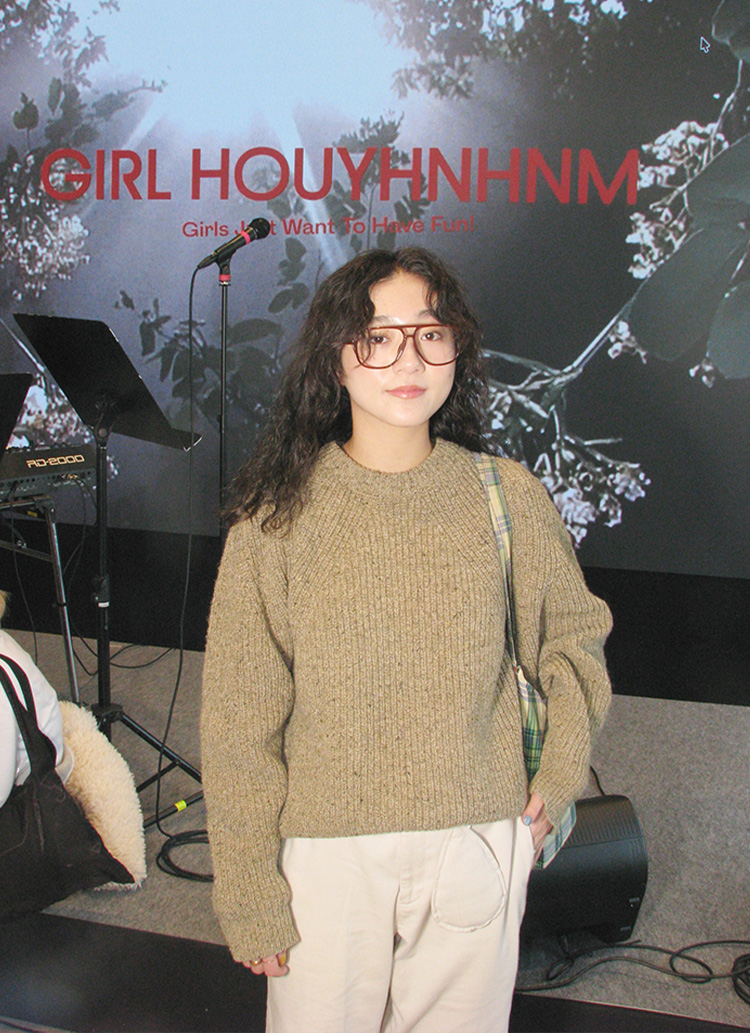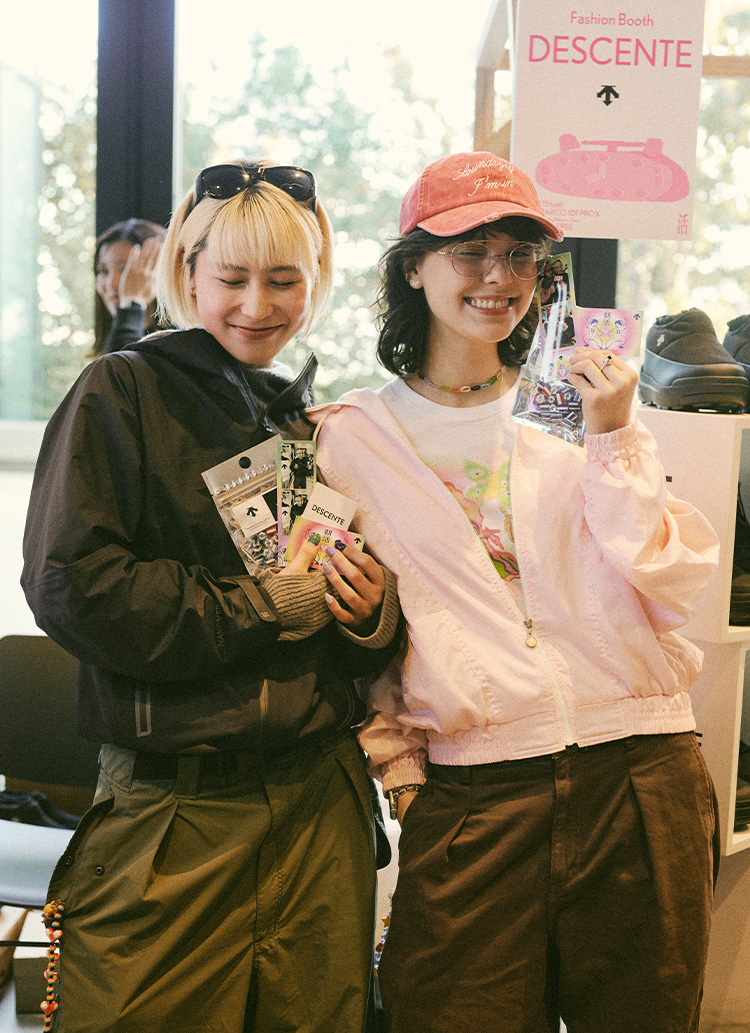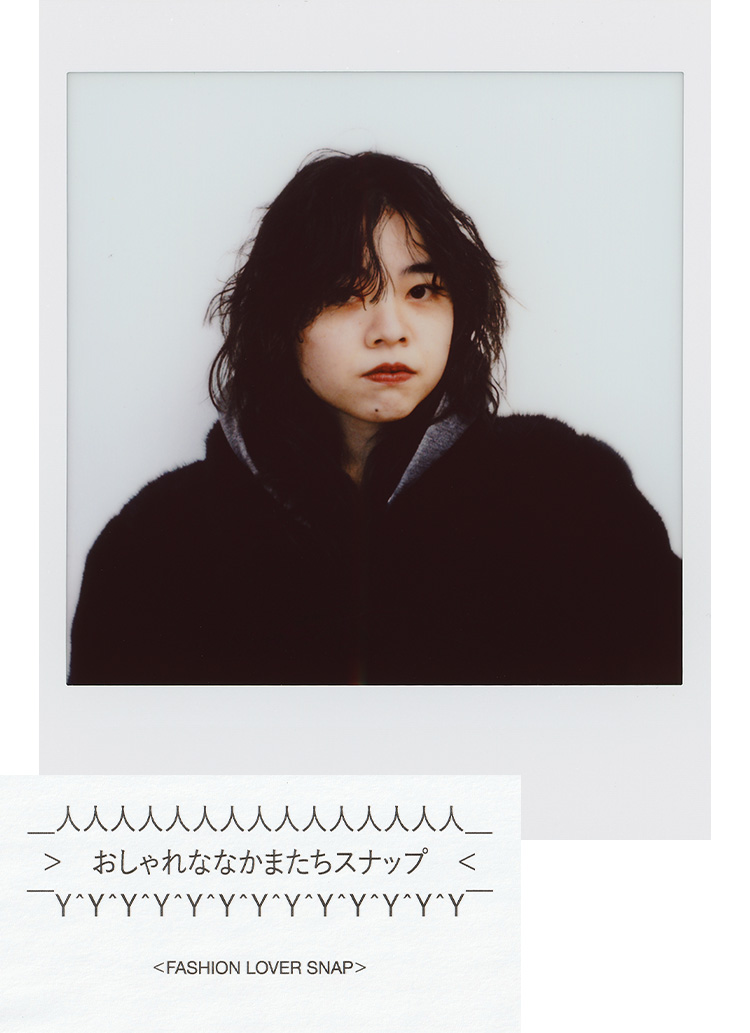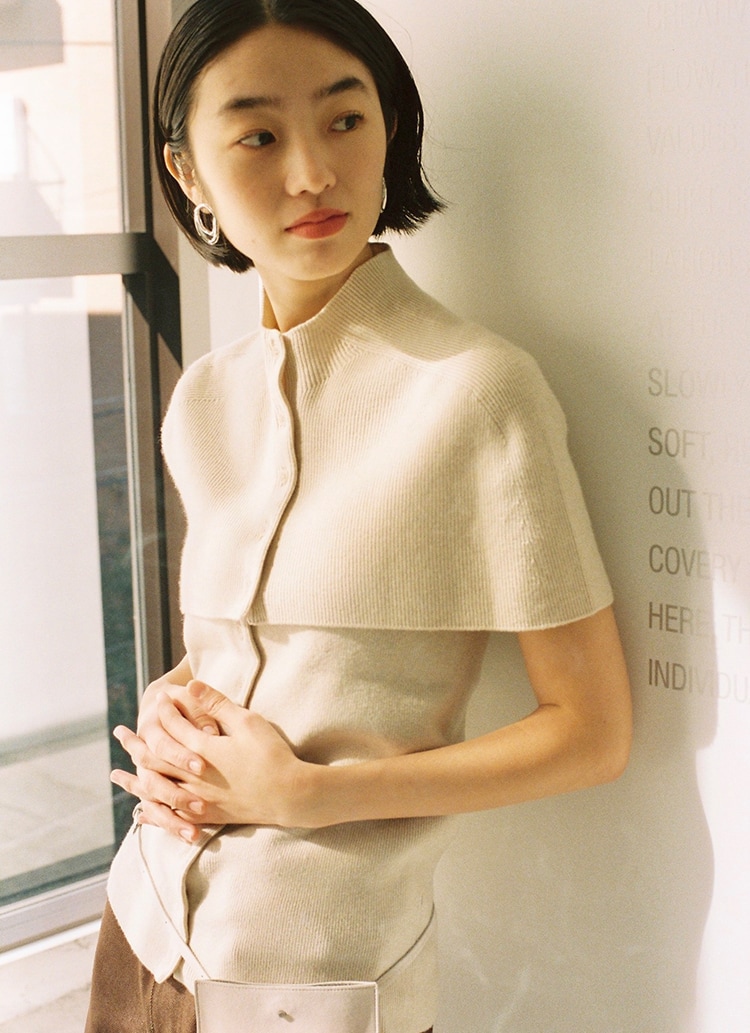Souvenirs of "TOKYO SEQUENCE" were born to enjoy the change in goods as well.

Ochiai:As "TOKYO SEQUENCE" expands, I consulted with Mr. Okuyama about creating a logo that would become a symbol. The designer was Sei Suzuki. He proposed several designs within a week or two of making the offer, and the logo was completed in no time at all, thanks to his speed and good sense. Now that it was done, I could imagine it being made into an item. As we take time to complete the project over the next year or two, releasing the item before the photo book and exhibition would be a new challenge in a sense, and I thought that would be interesting as well. Mr. Okuyama gave us about 20 candidate photos, from which we selected five that showed the city of Tokyo in the process of change, and incorporated them into the items. I wanted to showcase the photos beautifully, so I used only black and white for the color scheme.

Okuyama:. When I saw the samples, I genuinely wanted to have them. The interesting thing about the photos incorporated into clothing is that the way they look when they are displayed on the "TOKYO SEQUENCE" website, in photo books, in exhibitions, and in other so-called "photographic" ways, and the way they look when they are worn in daily life or on everyday items, are the same pattern, but they look different. I once happened to see a person wearing a T-shirt I had made when I had released a photo book in the past , on the street. For some reason, I didn't think it looked like my own picture. That is an interesting sensation, and I thought it was one of the most enjoyable aspects of photographic expression. . I am looking forward to seeing the items in this collection, too, as I see them somewhere or use them, and see the different expressions that photographs have. TOKYO SEQUENCE" is a series of frames that are different by just a few seconds, and the city, people, and fashion change. Since the content of the exhibition depicts such a sequence, the goods will not be sold only for a certain short period of time during the exhibition, but will be made in advance so that they will reach people's hands over a long period of time. I think this fits the project "TOKYO SEQUENCE," which is based on the concept of the flow of time and change. When the exhibition or book is completed, a piece of clothing purchased now may have been washed and worn many times, and the photograph may have faded. I think that kind of change is also a part of the "TOKYO SEQUENCE" style of manufacturing.


Ochiai:It's a new form of communication, isn't it? I think that having people wear and share the photos prior to the photo book or exhibition will make the project feel more like a goal. Seeing Okuyama's clothes on the streets of Tokyo, which are a picture of the city as he sees it, could also be a new layer to the project.
Okuyama:I have a vague vision for the photo book and the exhibition, but I feel that I will be able to realize the whole project only after the exhibition. I am looking forward to the exhibition, where I will be able to depict "Tokyo" in a more three-dimensional, multifaceted way.
Ochiai:It is a rare opportunity for us to shoot and enhance our creations, so there must be something that only we can create in terms of how it will be completed and what kind of atmosphere it will have by the time it is exhibited. So I am looking forward to savoring the atmosphere and atmosphere of the exhibition, and I am also looking forward to reuniting with the people who came out after this drama, which took a long time to create.


